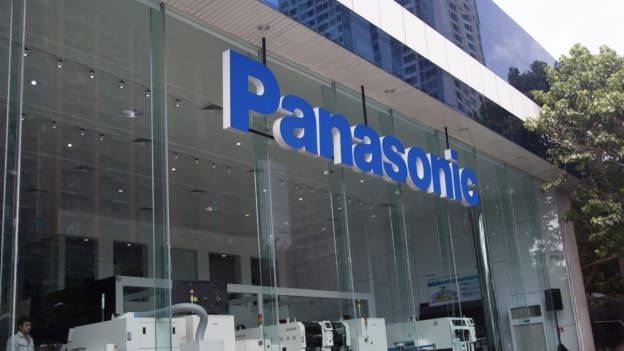HR team among 10,000 to be laid off in Panasonic’s global restructuring? Here's what we know

Japanese electronics giant Panasonic has announced plans to cut approximately 10,000 jobs globally as part of a major restructuring effort aimed at improving profitability and operational efficiency. The decision, which represents around 4% of its global workforce, will involve layoffs across both domestic and international operations — including employees in administrative and back-office functions.
The sweeping job cuts are expected to take place over the next two years, within the company’s medium-term business plan that concludes in the fiscal year ending March 2026. Panasonic estimates the restructuring will cost the company ¥130 billion (approximately US$895 million).
According to official statements, the layoffs will be split evenly between Japan and overseas operations, with 5,000 jobs affected in each. While the company has not yet released a department-wise breakdown, insiders suggest that the downsizing will hit administrative and non-revenue generating departments particularly hard.
The consumer electronics division — which includes refrigerators, televisions, and microwaves — is also expected to face significant cuts. Panasonic has been losing market share in Japan and Southeast Asia to aggressive Chinese competitors such as Haier and Midea, prompting a rethink of its global product strategy.
Panasonic President Yuki Kusumi acknowledged the need to “overhaul back-office functions,” which has fuelled speculation that departments like Human Resources are being restructured or merged.
Speaking at a press conference, President Kusumi admitted that Panasonic’s fixed cost structure has become a burden. “Our cost base is no longer sustainable in the face of global competition,” he said. “Compared to peers such as Sony and Hitachi, our profit margins are trailing. We must act decisively to correct this.”
Kusumi emphasised that the company plans to restructure sales and support divisions and explore deeper collaborations across its group companies to drive synergies and eliminate inefficiencies.
In addition to internal inefficiencies, Panasonic is grappling with a number of external pressures. The global electric vehicle market — once seen as a key growth driver for the company through its battery supply to Tesla — is experiencing a slowdown. Panasonic is also vulnerable to potential new tariffs in the US, where it has significant manufacturing and supply chain interests.
Meanwhile, its forays into new-age technology, such as the Vision Pro VR headset and AI-based consumer gadgets, have yet to gain significant market traction. These challenges have underscored the need to streamline the core business and allocate resources more strategically.
One of the areas under review is Panasonic’s television unit. The company has not ruled out the possibility of exiting the segment altogether. “The global TV market is structurally difficult and offers limited profit potential,” Kusumi noted. “We are open to strategic partnerships or even exiting the business if it no longer aligns with our long-term goals.”
Such a move would not only impact factory jobs but could also lead to further administrative cuts — again raising questions about the stability of roles in departments like HR and procurement tied to that business unit.
As of now, Panasonic has not released detailed information about which teams, locations, or roles will be impacted. However, the company has assured that the layoffs will be handled responsibly, with severance packages and outplacement support to be provided where applicable.
While this brings uncertainty for many employees — including those in HR who are typically involved in managing layoffs rather than being subject to them — the broader message from Panasonic is one of survival through transformation.
The coming months will be crucial as the company begins to implement this large-scale restructuring. While it is too early to measure the full impact, it is clear that Panasonic is seeking to re-emerge as a more agile, cost-efficient organisation capable of competing in a rapidly evolving tech environment.










